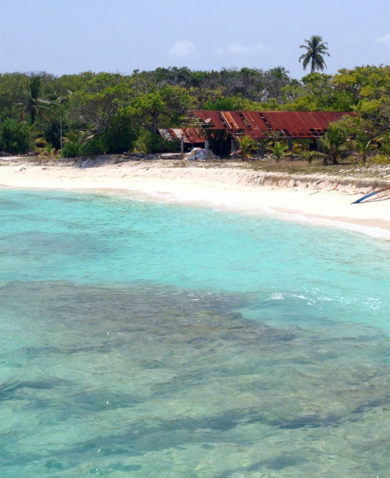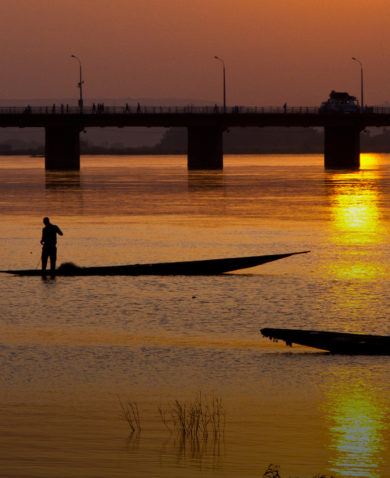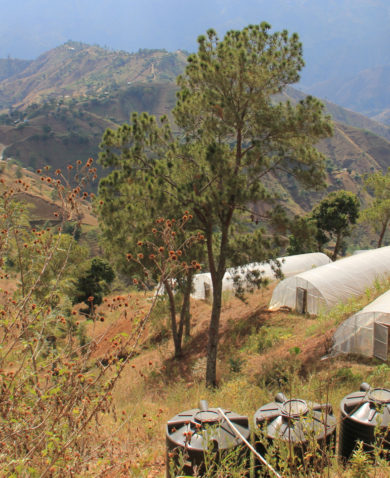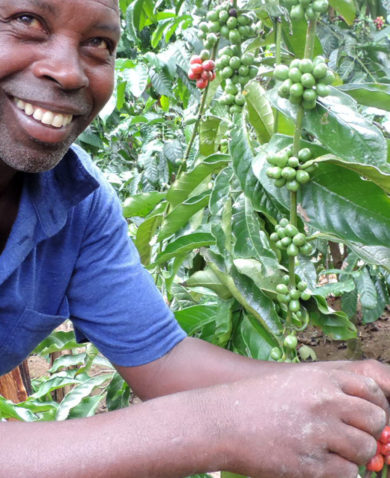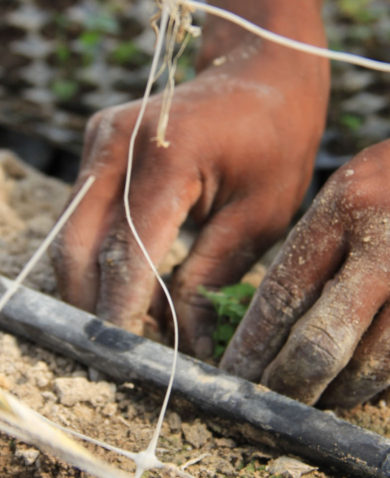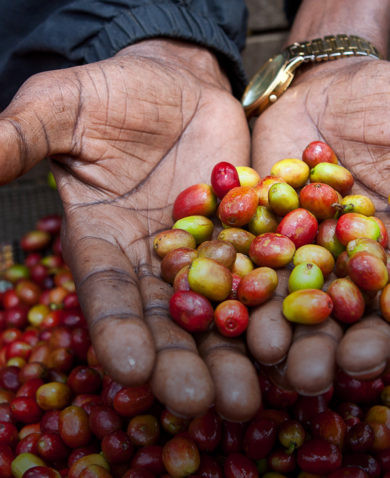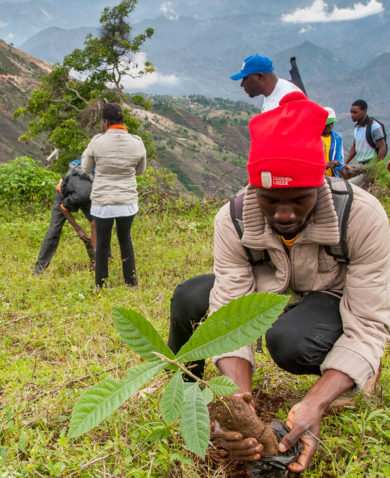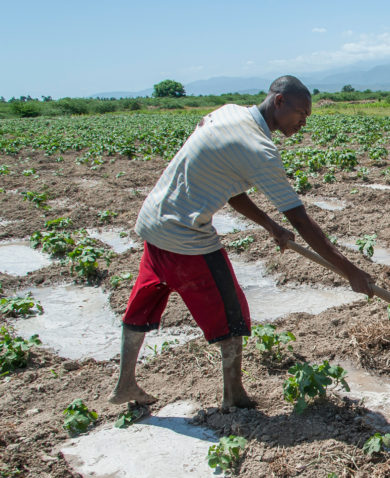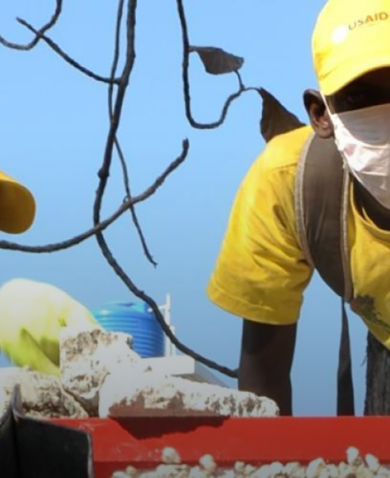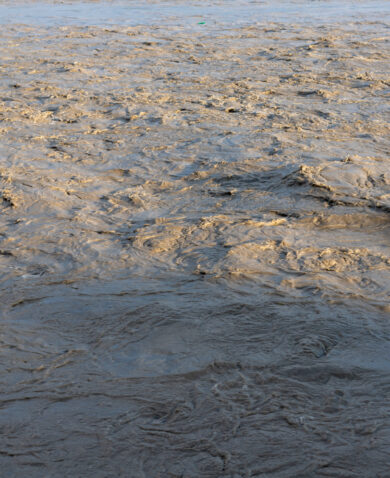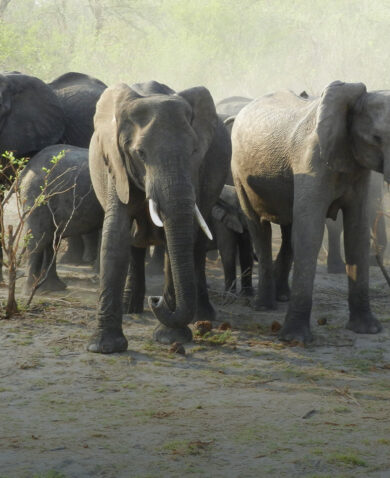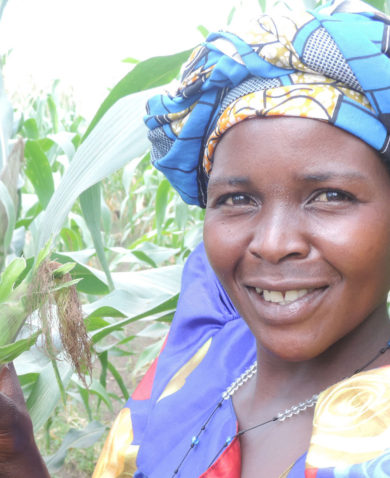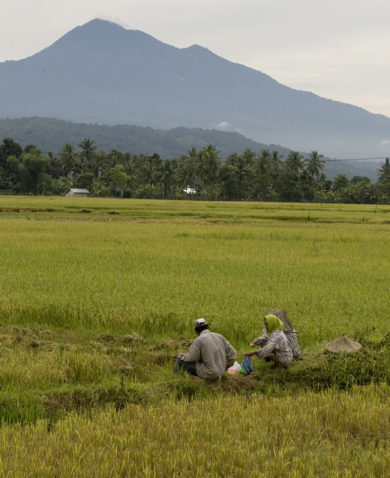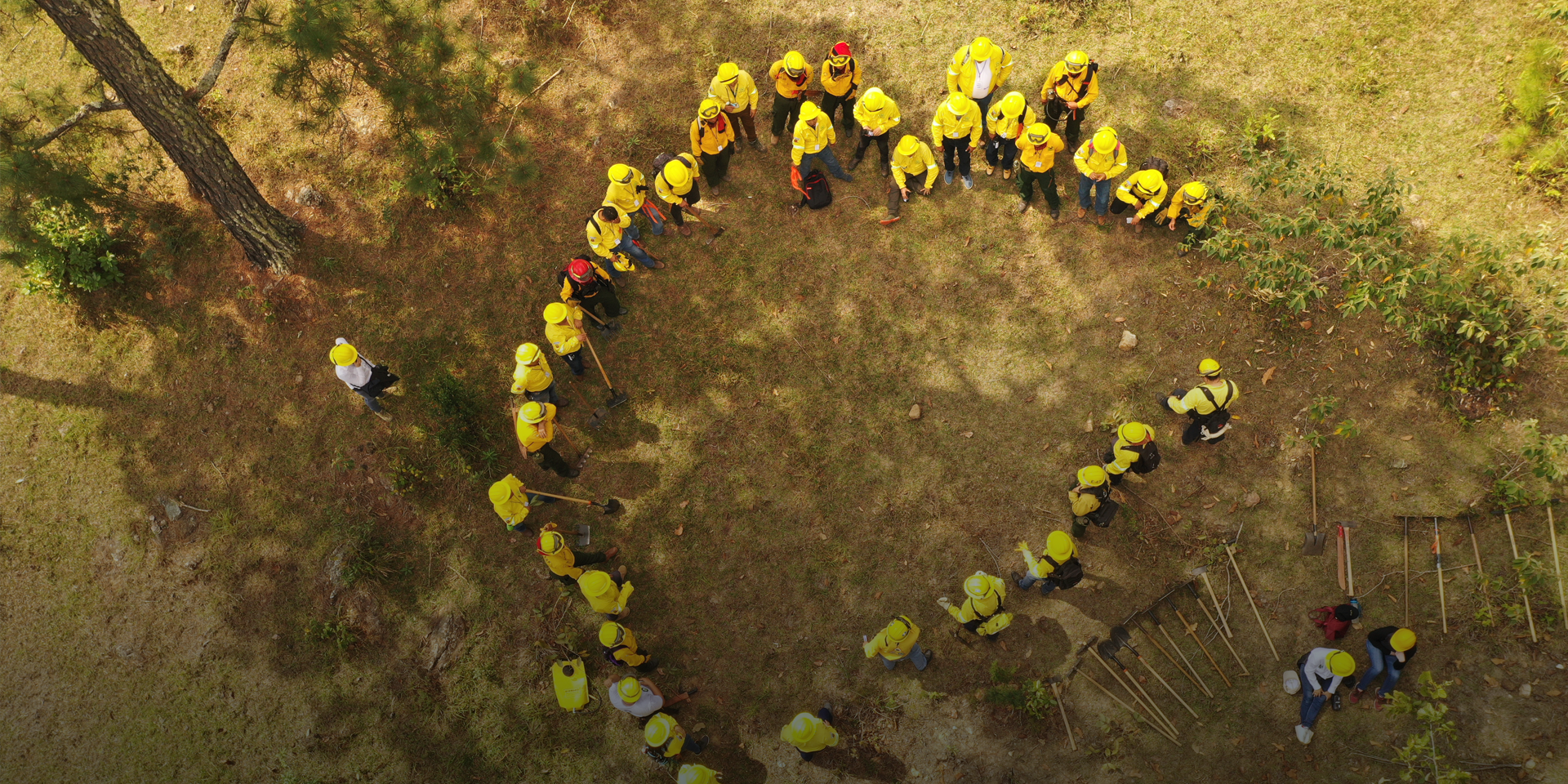
Combating Climate Change with Data-Driven Development
July 9, 2021 | 2 Minute ReadThis article, originally published in Foreign Policy, explores how leading edge data tools will shape the future of climate change-resistant development projects.
![]() The mechanics of drilling a well are straightforward. Knowing where, how, and whether to drill that well amid extreme conditions wrought by climate change poses a whole new challenge.
The mechanics of drilling a well are straightforward. Knowing where, how, and whether to drill that well amid extreme conditions wrought by climate change poses a whole new challenge.
International development experts, confronting the complexities of rising temperatures, shifting rainfall patterns, and extreme weather, are adding new data-driven approaches to their toolkits to drill that well, plant that sustainable farm, or prevent malaria.
Satellites, sophisticated computer modeling, and data analytics will define the future of global development, said Chris Perine, an environmental management specialist at Chemonics International, an international development consulting firm headquartered in Washington, D.C.
Chemonics is pioneering data-driven decision-making, in concert with its network of 5,800 people in 87 countries, to tackle growing challenges of food and water insecurity, power generation, education, and economic growth in the world’s most vulnerable regions. This data-driven approach allows experts from Chemonics’ global workforce and from its technical practice areas to analyze climate change impact across the spectrum of economic growth and social development sectors, drawing from satellite imagery, historic data, and on-the ground conditions. Equipped with the right information, Chemonics’ experts onsite interpret the data to customize solutions that fit community and cultural needs and deliver the most effective, climate-resilient approach … Read the full article from Foreign Policy.
*Banner image caption: Aerial view of a group of forest firefighters participate in a training in the Sierra de las Minas Biosphere Reserve conducted by the U.S. Department of Forestry with the support of the USAID Biodiversity Project. (Danilo Valladares/USAID Biodiversity Project)
Posts on the blog represent the views of the authors and do not necessarily represent the views of Chemonics.



